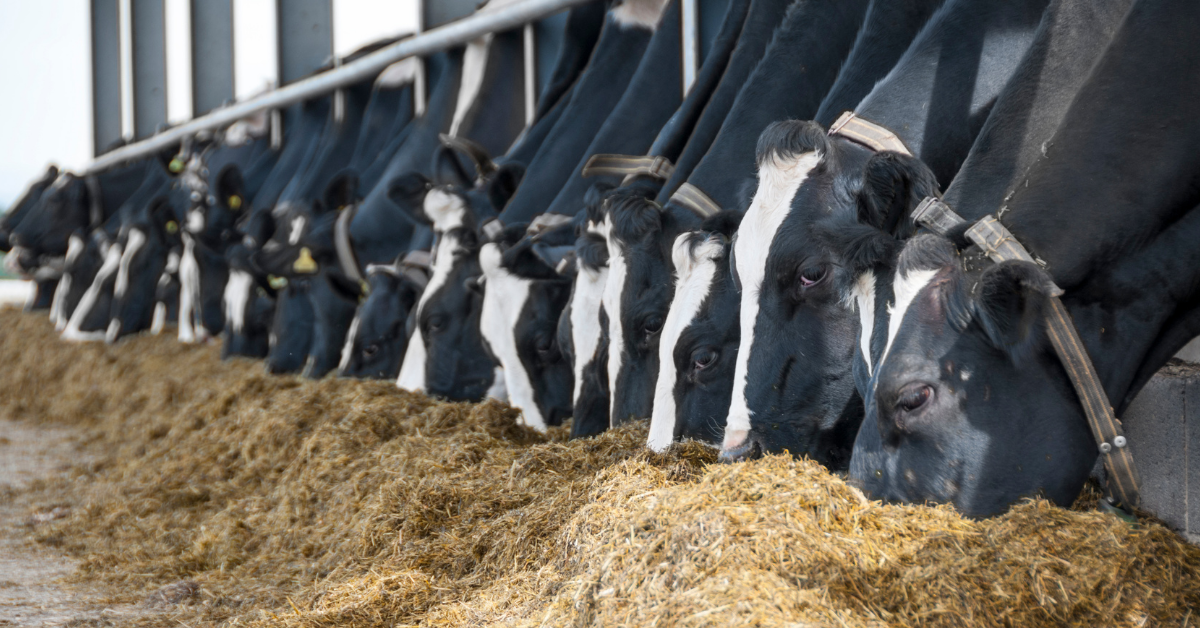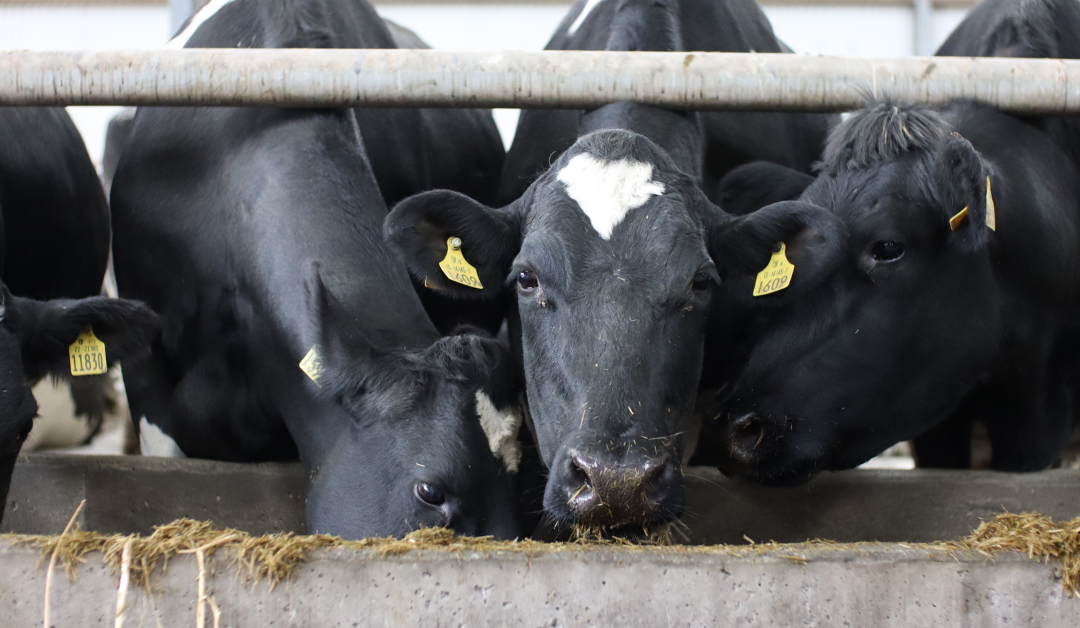Research indicates a sole case of milk fever can cost circa €312 when veterinary bills and consequential production losses are accounted for, not to mention the amount of time and labour involved. More worryingly, sub-clinical cases that typically go unnoticed are estimated to cost >€100/case. In general, for every clinical case of milk fever that manifests itself on farm, a further 4-6 sub-clinical cases go undetected.
Milk fever increases the risk of other metabolic diseases and infections, such as ketosis (8x times more likely to occur), retained cleanings (3x times more likely to occur) and mastitis
(8x times more likely to occur), with approximately 5% of downer cows failing to recover.
Milk Fever – Causes and Prevention
Milk fever is caused by a drop in blood calcium around calving time due to the sudden increase in calcium requirements for colostrum and milk production post-calving. The cow is unable to draw from her own reserves quickly enough to satisfy the requirements.
In most cases, the cause of milk fever is over-conditioned cows at calving and/or cows that are older or experience a difficult calving. However, where milk fever is more widespread than this within the herd (>3%), it may be a result of poor magnesium availability. Feeding a high magnesium dry cow mineral is a must (minimum 25-30%).

Is Our Silage Pit Working Against Us?
In some cases, winter forages are analysing high in potassium, which is a result of increased slurry applications on silage ground. Potassium works as a blockade for magnesium, reducing its availability and thus leaving the herd more exposed to milk fever issues.
Tips to overcome high potassium silages:
- Use straw to dilute down overall potassium in the diet.
- Offer cows a sufficient level of a high magnesium dry cow mineral.
- In more severe cases, additional sources of magnesium will have to be offered in the 2-3 weeks pre-calving to counteract high potassium levels.
What To Look Out For On Farm?
- Downer cows or clinical signs of milk fever.
- High % of retained cleanings.
- Slow calving – cows slow to force at calving due to lack of calcium in the muscle.
- Cows slow to spring up pre-calving.
More Information
For further information on reducing the risk of milk fever on farm, contact your local Agritech Sales Advisor.


